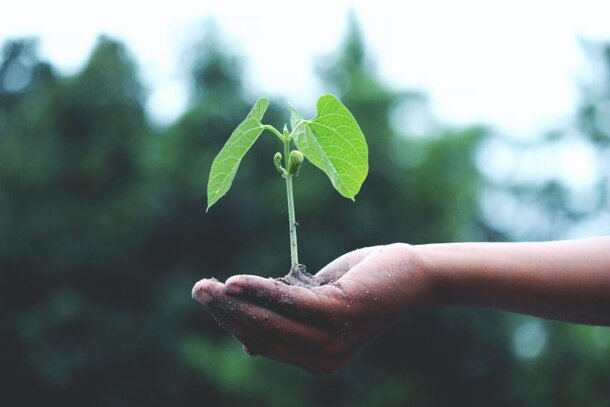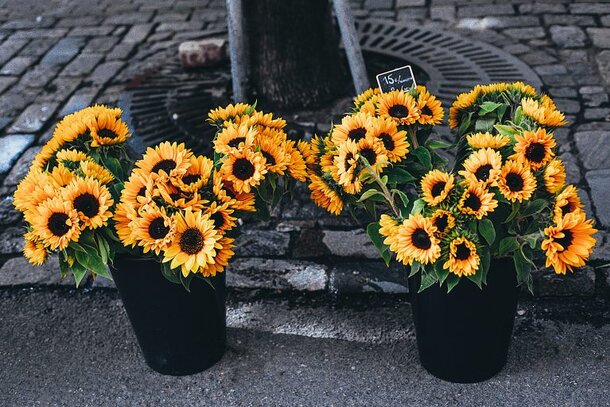For over a year now, many people have spent more time indoors than usual. The bonus? More time to admire your indoor plants? The downside? Well, truthfully, there are a lot. But plant-wise, it’s probably realizing that most of your pretty plants don’t do much to refresh the stale air in your home. So…
indoor gardening
10 Top Reasons Why Seeds Don’t Germinate
There are a lot of reasons why seeds don’t germinate. Knowing what can go wrong is the first step in solving the problem. If you’re struggling to start seeds this spring, here are a few things to look out for. Why Aren’t Seeds Germinating? Here are a few common reasons why seeds don’t germinate….
Which Indoor Plants Purify Air?
Let’s get one thing straight. You probably won’t improve your home’s air quality by filling it with indoor plants that can purify the air. According to a National Geographic piece from 2019, houseplants won’t do much to clean your home’s air. Most of the advice about air-purifying houseplants comes from an old NASA study. In a…
How to Dye Flowers With Food Coloring
With the pandemic still limiting social outings, parents may be dreading the upcoming spring break. This fun little project is a great way to expend some creative energy during the March break or all through the summer. Dye flowers with food coloring and make a rainbow to display in a favorite vase. Use storebought flowers…
5 Houseplants That Won’t Waste Your Money
Ever since the pandemic began, I slowly started buying houseplants. I’d scour my favorite online nurseries and pounce when they had a sale or coupon code up for grabs. Of course, I already had some plants before the COVID situation, but adding more made my home feel cozier, livelier. When buying plants, I always…
Container Gardening: Fabric Pots vs. Plastic Pots
I love to plant crops in containers, especially finicky plants like eggplant and peppers. I use a variety of containers in my garden, including fabric pots. If it gets too cold, it’s simple enough to haul them inside. Containers are also great for those living in rental properties or those with limited space. It’s…
5 Plants That Easily Grow in Water
Potting up plants is a messy business. Even when I’m being careful, I manage to get soil everywhere. One of my favorite plants in my home, though, requires no soil at all. I bought the plant at the grocery store several years ago for about $3 and today, it’s almost as tall as…






